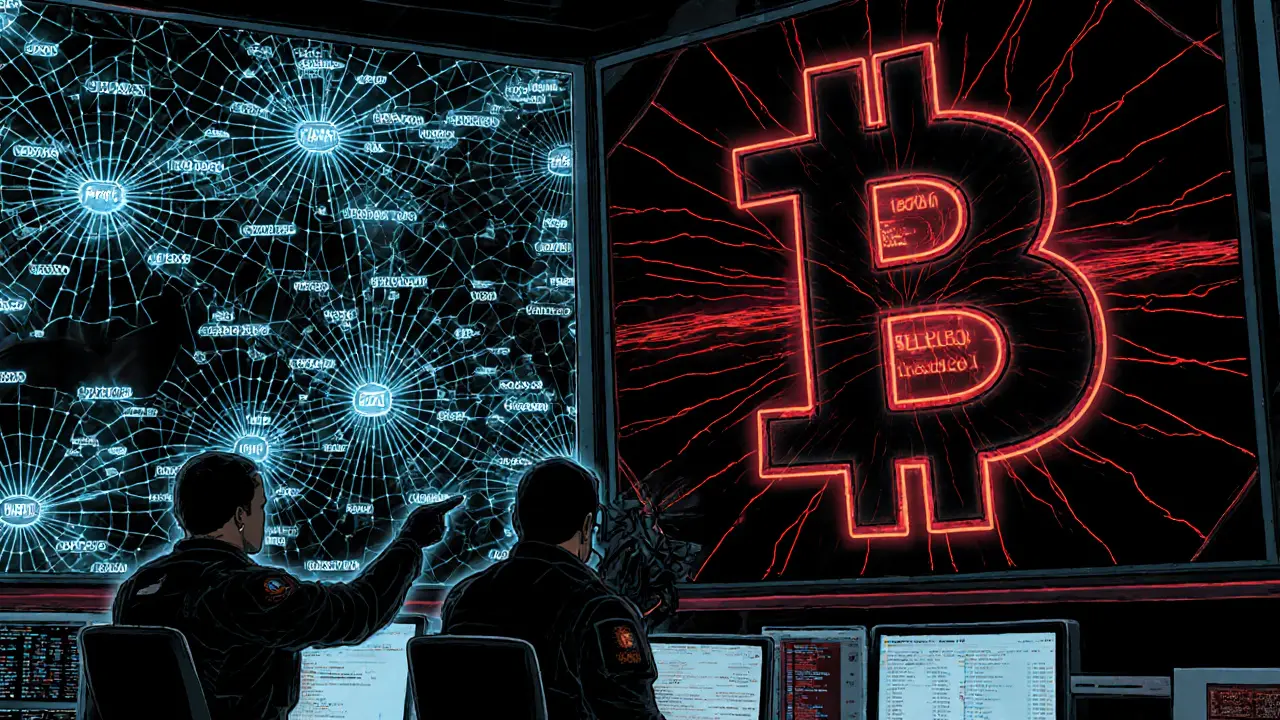Crypto Tracing: How Blockchain Analysis Tracks Coins and Stops Fraud
When you send crypto tracing, the process of following cryptocurrency transactions across public ledgers to identify sources, destinations, and suspicious patterns. Also known as blockchain analysis, it's the reason law enforcement can track ransomware payments and exchanges freeze illicit funds. It’s not magic—it’s math, public data, and smart software working together.
Crypto tracing relies on blockchain analysis, the practice of examining on-chain data like transaction hashes, wallet addresses, and timestamped transfers to uncover hidden connections. Tools used by firms like Chainalysis and Elliptic map out how stolen Bitcoin moves from a hacked exchange to mixing services, then to gambling sites or peer-to-peer trades. This isn’t just for cops—exchanges use it to comply with UK crypto sanctions, legal requirements forcing firms to monitor transactions for ties to blacklisted entities, and wallet providers use it to flag risky addresses before you send money.
But crypto tracing has limits. If someone uses a privacy coin like Monero, or layers transactions through multiple decentralized exchanges, tracing becomes near-impossible. Even with Bitcoin and Ethereum, if a thief breaks a large sum into tiny chunks and sends them to hundreds of new wallets, analysts need time—and sometimes luck—to reconnect the dots. That’s why cryptocurrency fraud, deliberate deception using fake apps, phishing, or manipulated blockchain data to steal digital assets still thrives. Most scams don’t get caught until after the money’s gone.
What you’ll find in these posts isn’t theory—it’s real cases. You’ll see how a 51% attack on Ethereum Classic let hackers double-spend millions, how HSMs keep exchange keys safe from insider theft, and why a fake airdrop on BNB Chain can look identical to the real thing. You’ll learn how wallet monitoring tools flag known scam addresses, how regulators use tracing data to shut down unlicensed platforms like Zedxion, and why some tokens, like FLASH or BREW, vanish because no one can trace their true origins.
Crypto tracing doesn’t make blockchains perfectly secure—but it makes them far less forgiving for criminals. If you’re holding crypto, you’re already part of this system. Understanding how it works means you can protect yourself better than 90% of users.
Chainalysis and Elliptic are the two leading blockchain forensics tools used by law enforcement and crypto businesses to trace transactions, detect illicit activity, and ensure compliance. Learn how they work, where they differ, and who should use them.

